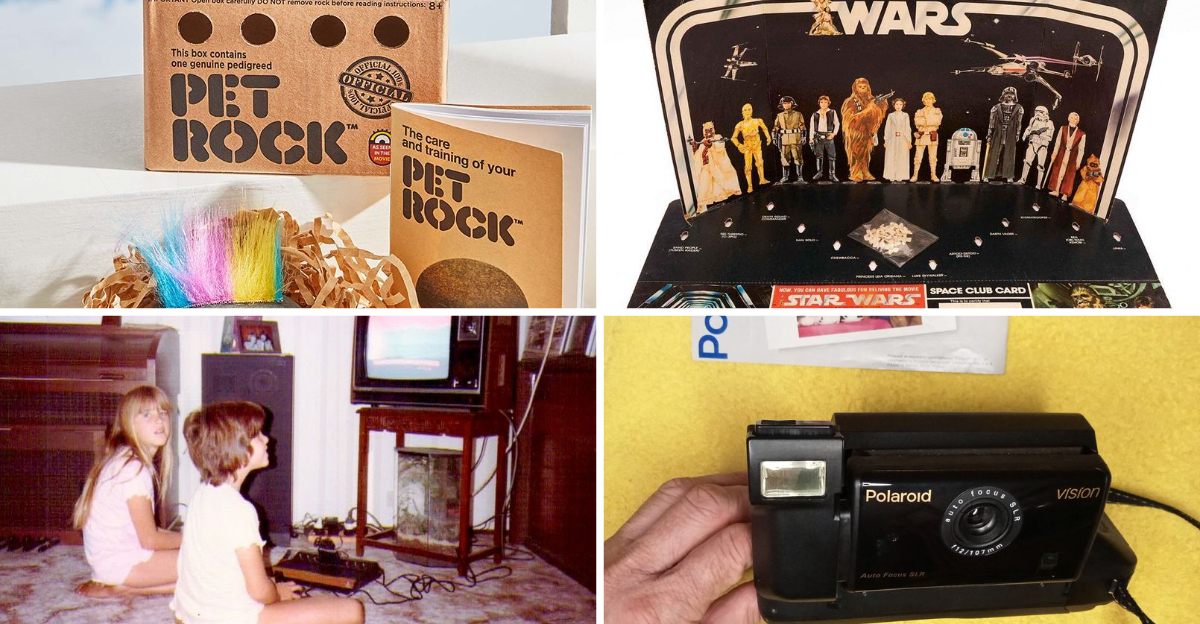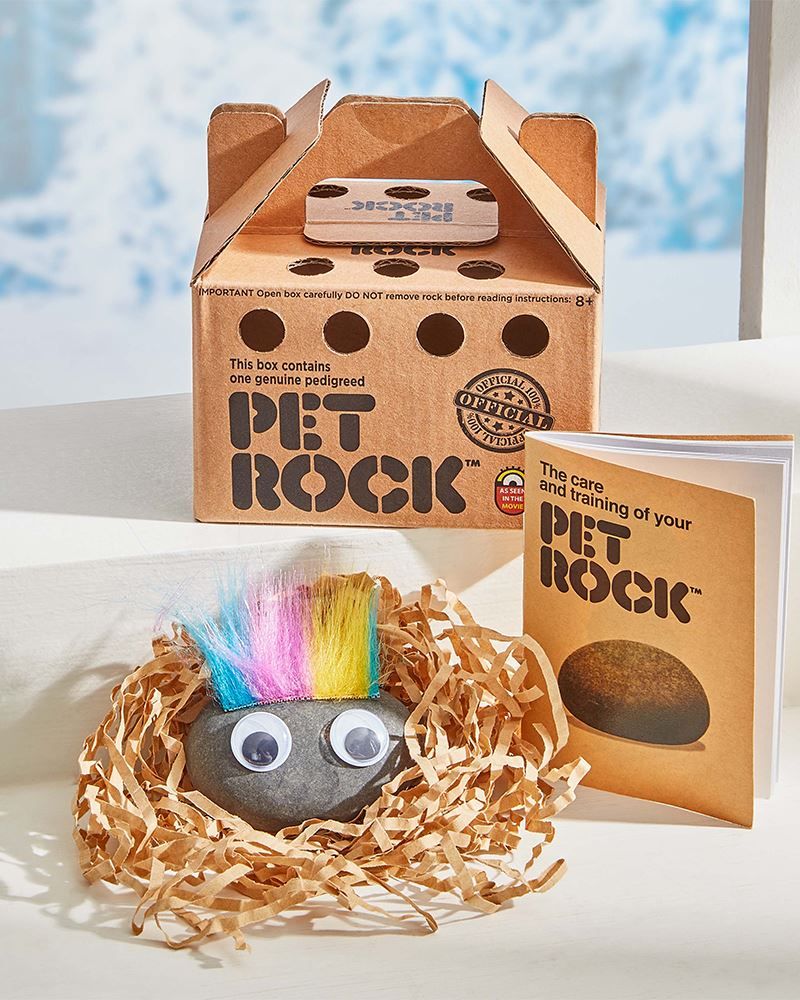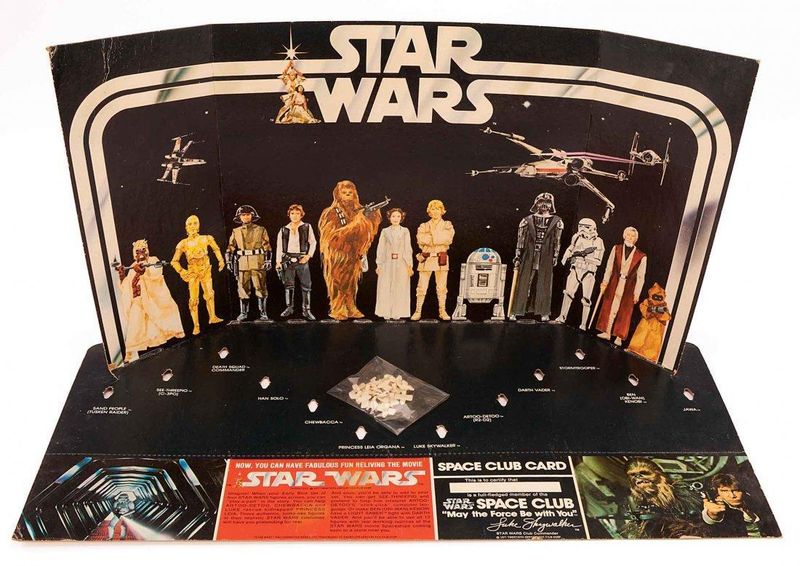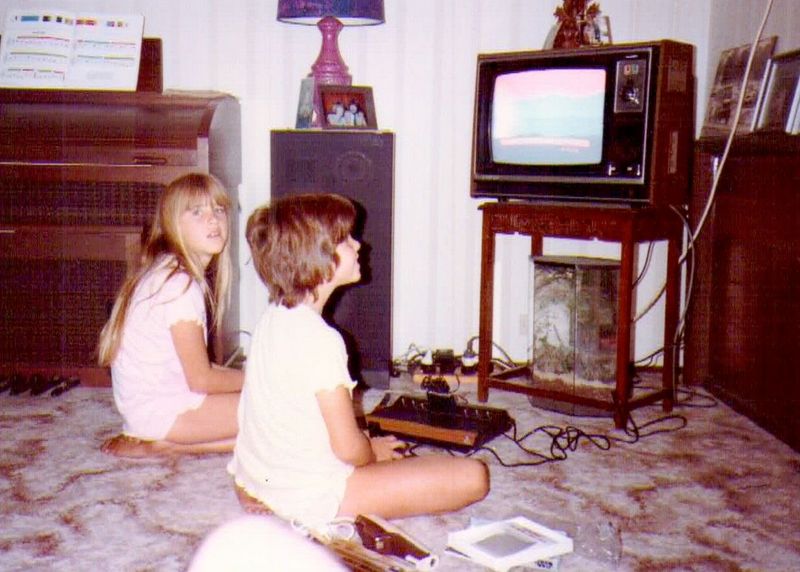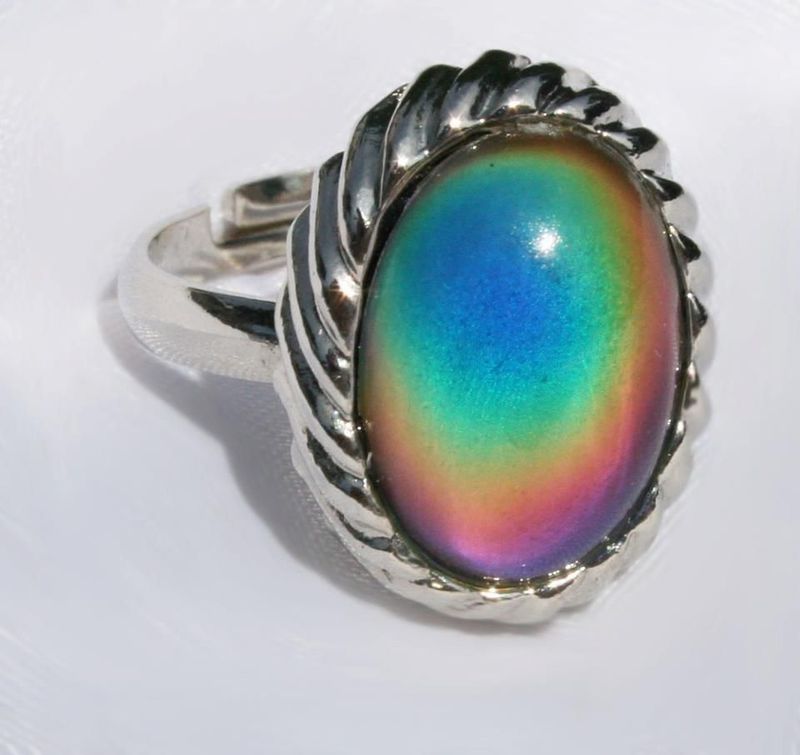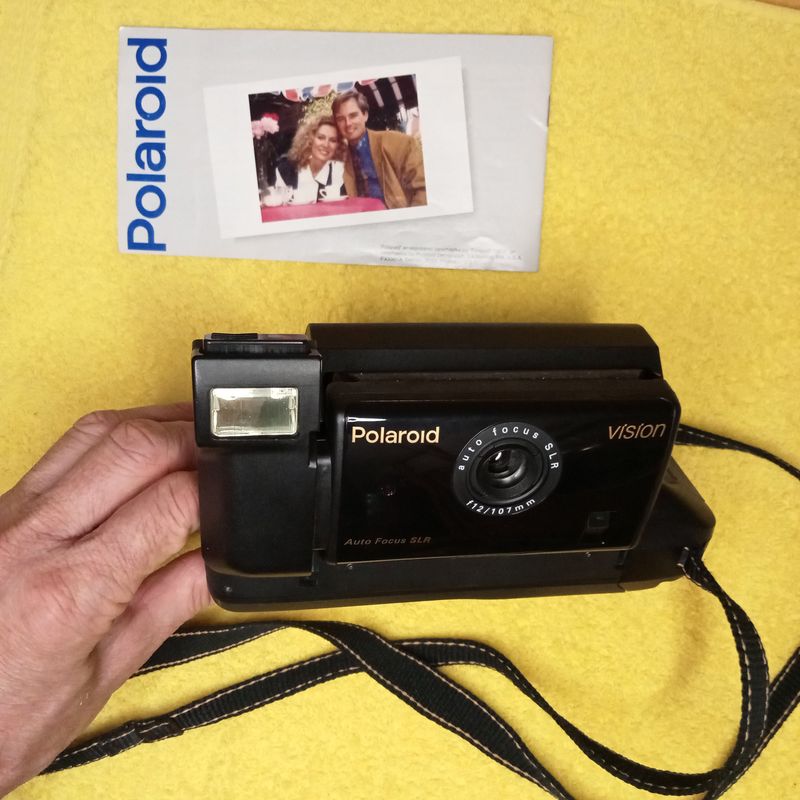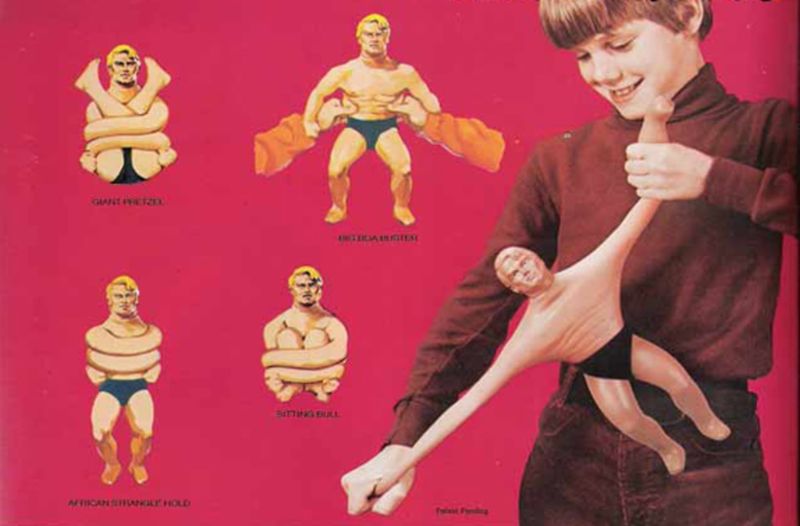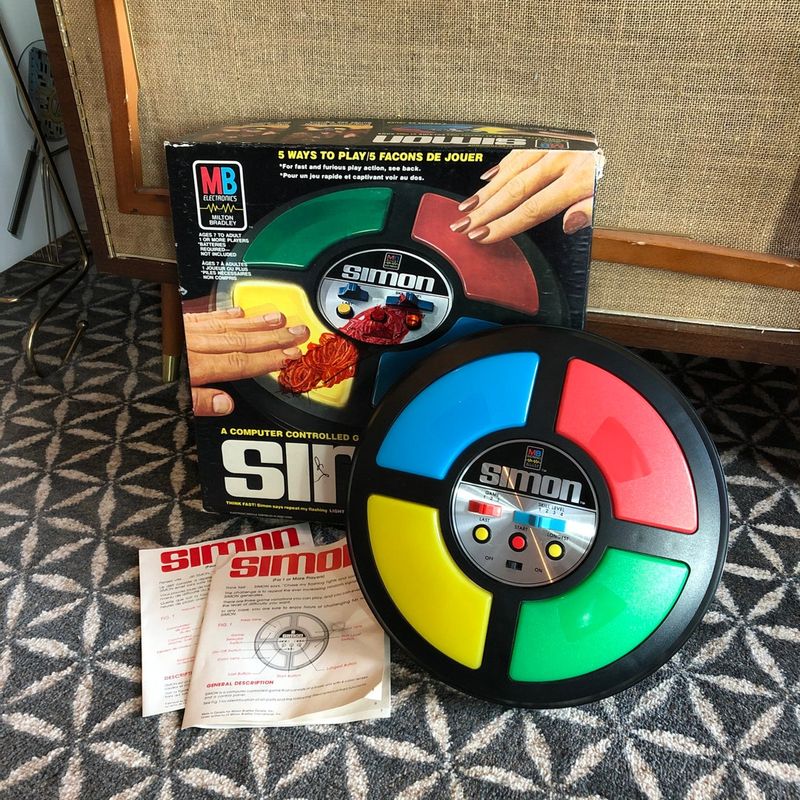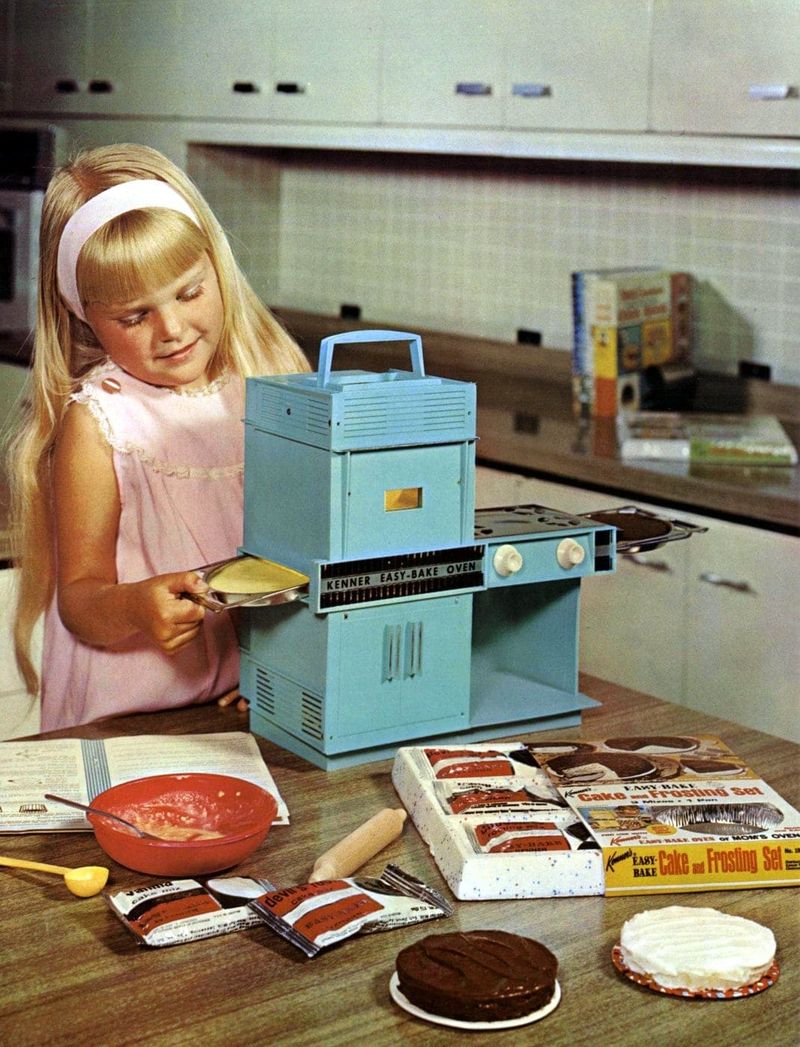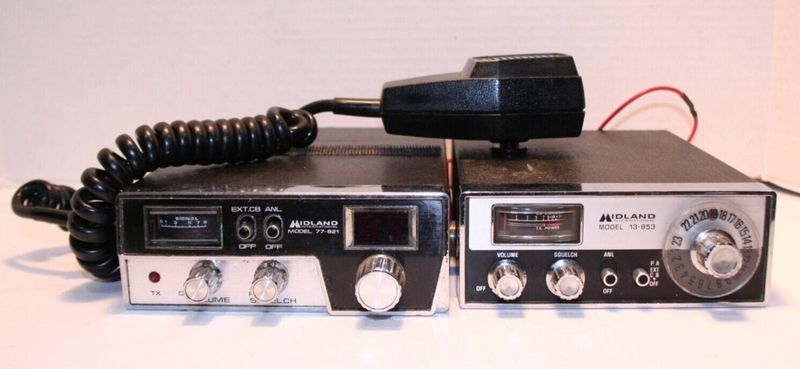The 1970s was a decade of unique style and memorable trends, and the Christmas gifts of that era reflected the vibrant culture of the time. From innovative technology to iconic toys, the ’70s offered a range of gifts that delighted both kids and adults alike. This blog post explores nine of the most popular Christmas gifts from the ’70s, capturing the essence of the decade. Whether you were a child longing for the latest toy or an adult seeking the newest gadget, these gifts were on everyone’s wish list during the holiday season.
Pet Rock
In 1975, the Pet Rock became an unlikely Christmas sensation. This quirky gift idea, created by Gary Dahl, was a simple rock nestled in a box with straw and air holes. It was marketed humorously as a low-maintenance pet, complete with a training manual.
The Pet Rock was a symbol of the playful and carefree spirit of the ’70s, offering a tongue-in-cheek response to the era’s fad culture. While it may have seemed like a joke gift, its novelty sparked joy and laughter among recipients. These “pets” required no feeding, grooming, or care, making them ideal for busy individuals.
Star Wars Action Figures
Following the release of ‘Star Wars’ in 1977, action figures from the iconic film became a must-have Christmas gift. Kids everywhere wanted to reenact their favorite scenes from the epic space saga.
These figures were not just toys; they symbolized a cultural phenomenon that captivated audiences worldwide. With detailed designs and articulated limbs, they allowed children to bring their imaginations to life. Collecting these figures became a hobby for many, and they remain cherished collectibles to this day. For fans of the galaxy far, far away, these action figures were the ultimate holiday treasure.
Atari 2600
The Atari 2600 was at the forefront of the home gaming revolution during the late ’70s. Released in 1977, it quickly became a sought-after Christmas gift for both kids and adults.
The console’s ability to connect to a TV and offer interchangeable game cartridges provided a new level of interactive entertainment. Classic games like ‘Pac-Man’ and ‘Space Invaders’ became household names, drawing players into their pixelated worlds. The Atari 2600’s influence on the gaming industry is undeniable, laying the foundation for future consoles. Its legacy as a groundbreaking innovation endures, making it a nostalgic favorite for many.
Mood Ring
Mood rings, featuring thermochromic liquid crystals, gained popularity as a trendy and mysterious gift in the ’70s. The stone’s color purportedly changed with the wearer’s emotional state.
These rings captured the era’s fascination with self-discovery and personal expression. Each color was said to represent different emotions, turning the ring into a personal mood barometer. Though the science behind mood rings was more novelty than fact, they became a beloved accessory. Wearing a mood ring allowed individuals to indulge in the playful yet introspective spirit of the decade, making it a memorable Christmas gift.
Polaroid Camera
The Polaroid camera, known for producing instant photographs, was a revolutionary gift in the ’70s. It allowed people to capture and share memories in real-time, a novel concept at the time.
The convenience of instant photos made Polaroid cameras a popular choice for capturing holiday festivities. Families could gather around for a snapshot and immediately see the result, preserving moments without waiting for film development. This innovation in photography was both practical and exciting, embodying the ’70s spirit of instant gratification. The Polaroid camera remains an iconic symbol of the era, cherished by those who experienced its magic.
Stretch Armstrong
Stretch Armstrong, the iconic stretchy toy, was a hit Christmas gift in the late ’70s. Its unique ability to stretch and contort made it an intriguing plaything for kids.
Filled with a special gel, Stretch Armstrong could be pulled and twisted into various shapes, only to return to its original form. This fascinating feature made it a staple in toy collections of the era. Children loved testing its limits, exploring the boundaries of its stretchability. Stretch Armstrong’s enduring appeal lies in its simplicity and the endless fun it offered, making it a memorable gift for those growing up in the ’70s.
Simon Game
The Simon electronic game became a sensation in the late ’70s, offering a new form of interactive entertainment. Players followed a sequence of lights and sounds, testing their memory and concentration.
Simon was more than just a game; it was a challenge that captivated both children and adults. Its simplicity and engaging gameplay made it a popular choice during the holidays. The game’s ability to entertain and frustrate in equal measure added to its charm. Simon stands as a testament to the innovation of ’70s toys, providing hours of fun and mental exercise for families during festive gatherings.
Easy-Bake Oven
The Easy-Bake Oven was a beloved gift for aspiring young chefs in the ’70s. This miniature oven allowed children to bake real treats using a simple light bulb as a heat source.
With easy-to-use mixes and accessories, kids could create cakes and cookies, experiencing the joy of baking firsthand. The Easy-Bake Oven was more than just a toy; it inspired creativity and independence in the kitchen. For many, it was their first introduction to cooking, sparking a lifelong love for culinary arts. This iconic toy remains a cherished memory for those who enjoyed its delicious delights during the holiday season.
CB Radio
CB radios gained popularity as a unique and practical gift in the 1970s, especially among driving enthusiasts. These radios allowed communication over short distances, becoming a staple for truckers and road travelers.
The CB radio culture was characterized by its own lingo and camaraderie, bringing people together through the airwaves. It provided a sense of community and connection, even on the loneliest stretches of highway. Owning a CB radio was a way to engage in the social aspect of driving, making it a thoughtful gift for those who loved the open road. Its legacy as a symbol of ’70s freedom remains strong.
